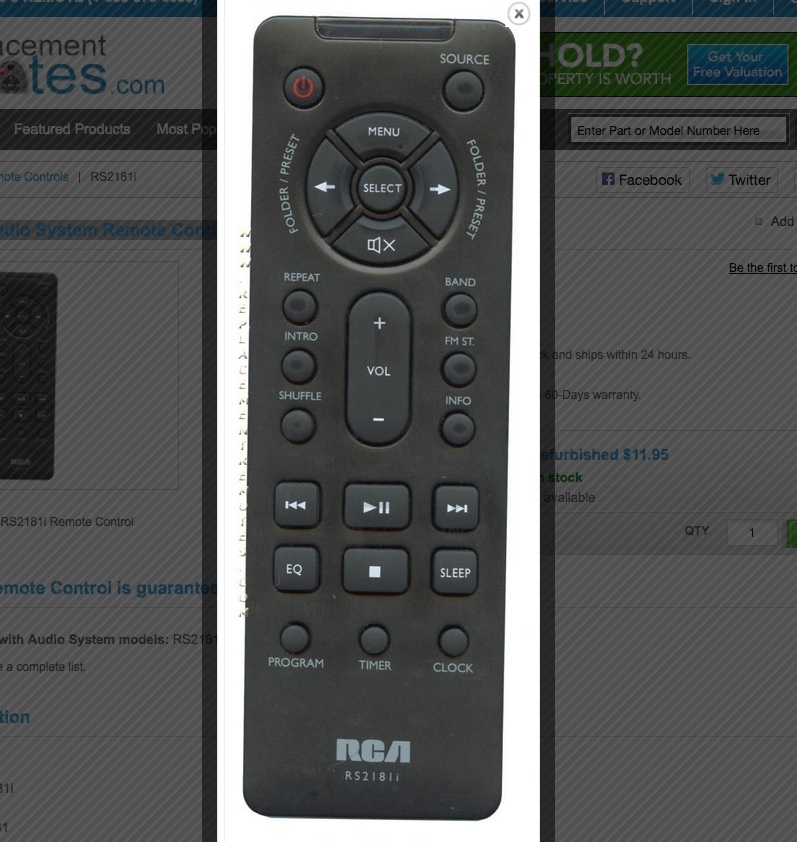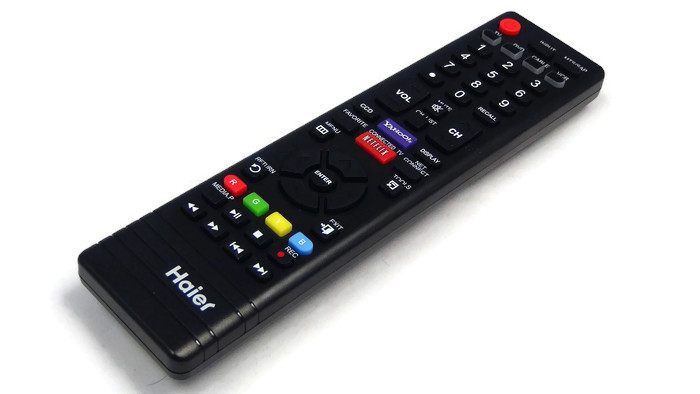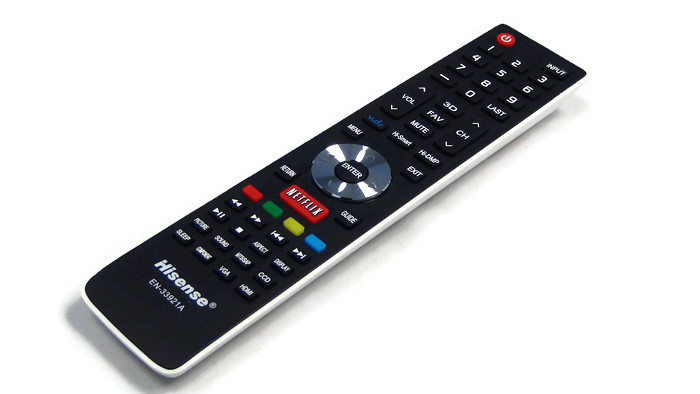Voice recognition technology has come a long way in recent years, being used in everything from vehicles to smartphones. TV remotes are the newest frontier for voice technology, and consumers can expect to see voice-activated and controlled remotes become more common among high-end televisions in 2015.
Samsung made a big push with newer, fancier remote controls last year that included a variety of features including motion detection and voice recognition. Other manufacturers are following suit, introducing high-end remotes of their own.
Voice recognition technology can make a variety of aspects of operating a remote easier, particularly search functions. By just saying the name of the movie or show they’d like to watch, viewers can avoid the tedious process of manually entering the name of the content via the remote.
Like all consumer electronic technology, what starts in high-end devices will eventually filter down to less expensive models as the technology improves and prices decrease. Within a few years consumers are likely to see voice-activated TV remotes available for a variety of televisions. Universal remote manufacturers are also likely to begin production of voice-activated versions of their products, should this technology prove popular among the public.
Replacementremotes.com sells new and refurbished remote control devices for a wide variety of electronic devices. In addition to remotes, the company also provides TV stands, accessories, replacement product manuals, lights, and much more. The company also operates a repair service for certain devices. To learn more, contact 1-877-671-7173.





